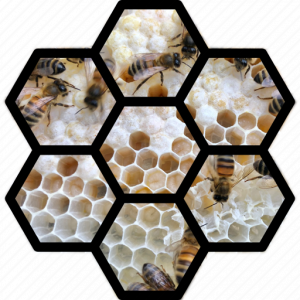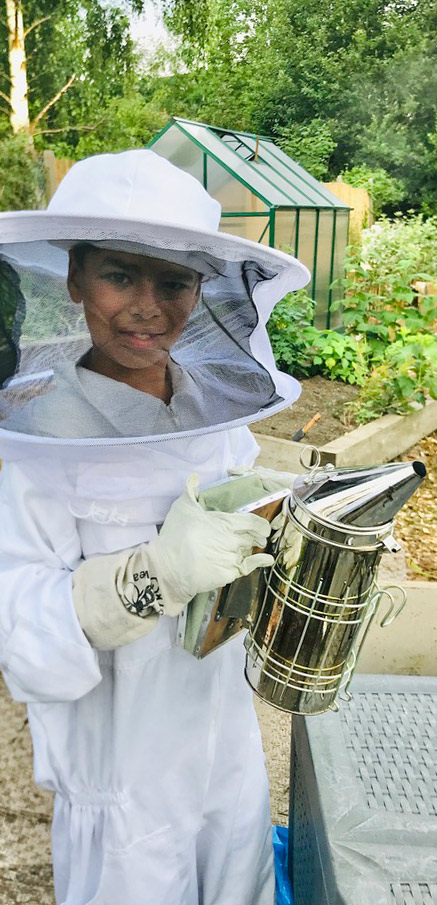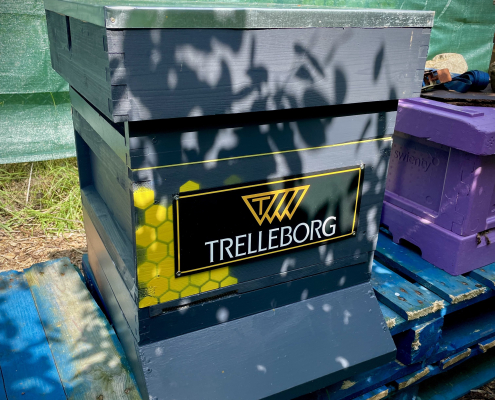Gifts for him or her.
Sponsor a Beehive, Adopt A Beehive. Whether it’s a Christmas present, an unusual Birthday Gift or Special Anniversary surprise, sponsoring a Beehive is the perfect gift for the environmentally conscious, the bee or honey lover, or simply the person who seems to have everything!











